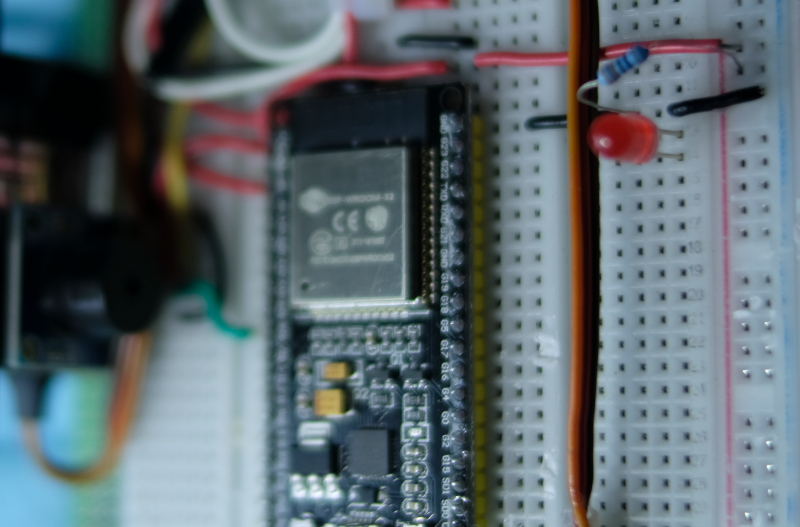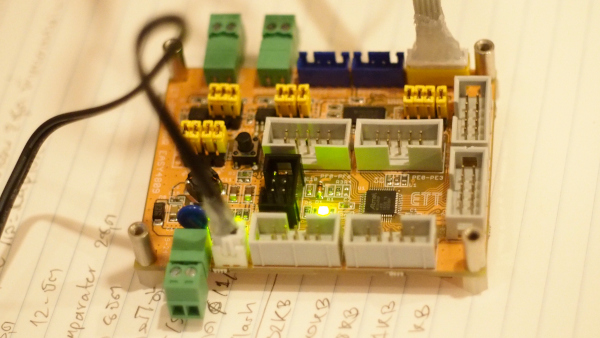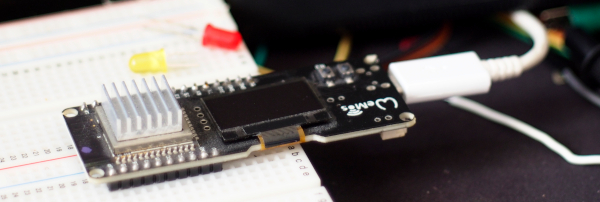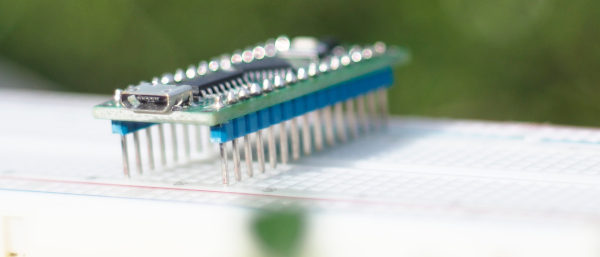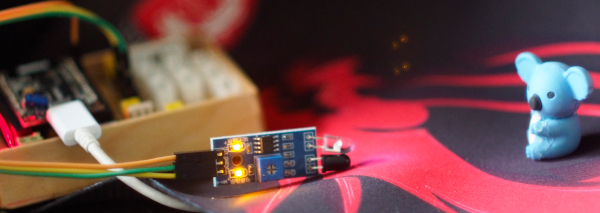[TH] ESP-IDF Ep.9 : LEDC (PWM) Output
บทความนี้กล่าวถึงการใช้งาน GPIO ของ ESP32 เพื่อทำหน้าที่นำออกสัญญาณดิจิทัลแบบ PWM หรือ Pulse Width Modulation หรือ LEDC (LED Control) ซึ่งทำให้สามารถสร้างคลื่นความถี่ หรือปรับสัดส่วนของสถานะ 1 และ 0 ใน 1 ลูกคลื่น ด้วยเหตุนี้ในกรณีที่ไม่มีภาค DAC ผู้เขียนยังคงสามารถปรับค่าเฉลี่ยของแรงดันที่ขานั้นได้ตามที่ต้องการ และสามารถประยุกต์ใช้ในการควบคุมมอเตอร์แบบเซอโวได้อีกด้วย ดังนั้น ในบทความนี้จึงเป็นการเรียนรู้การใช้งาน PWM และประยุกต์เข้ากับการส่งคลื่นความถี่แทน DAC (จากบทความที่แล้ว) และการหรี่หลอดแอลอีดี โดยใช้บอร์ดทดลองดังภาพที่ 1
